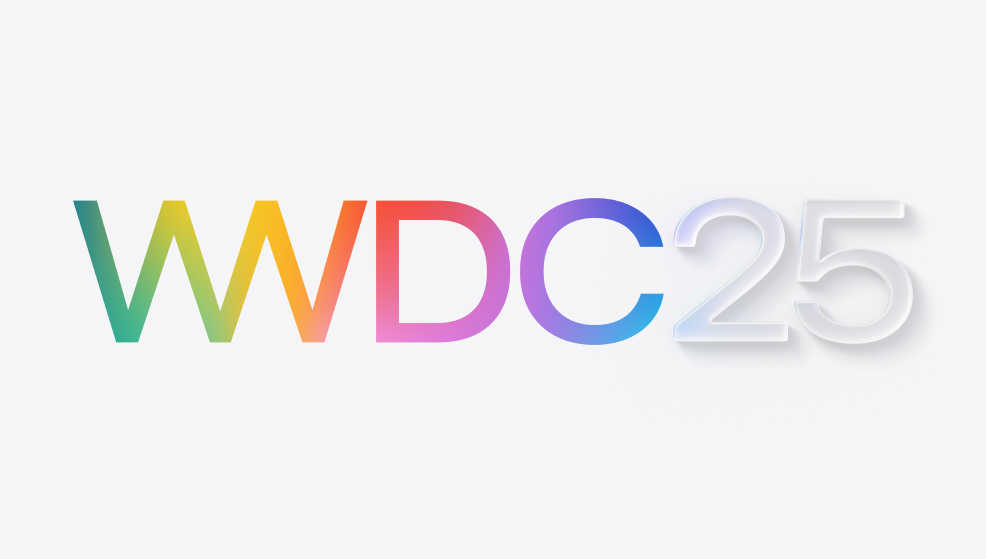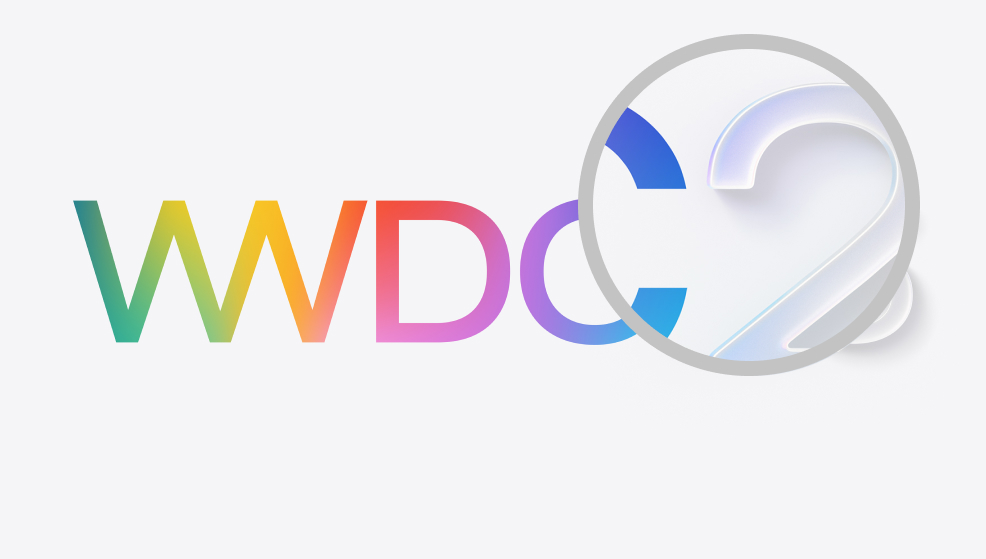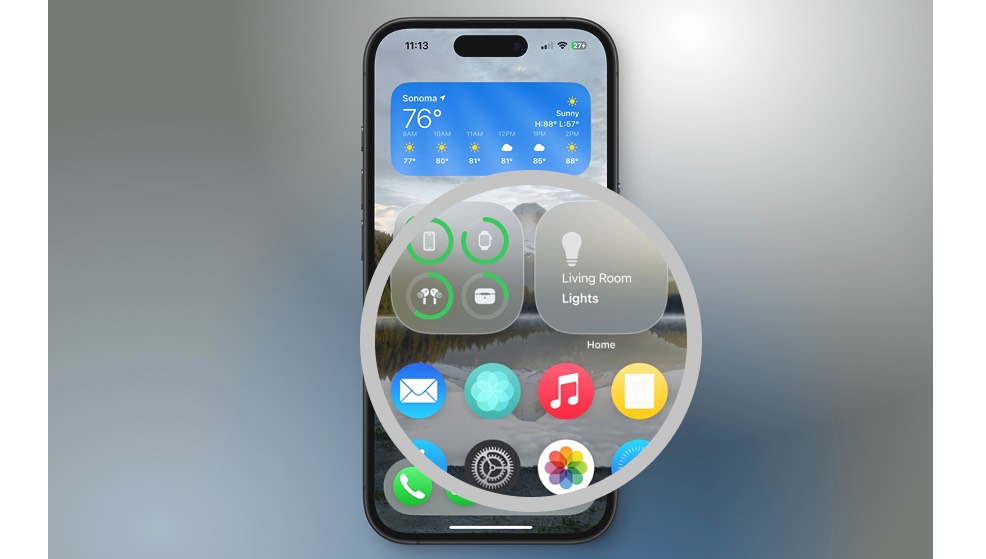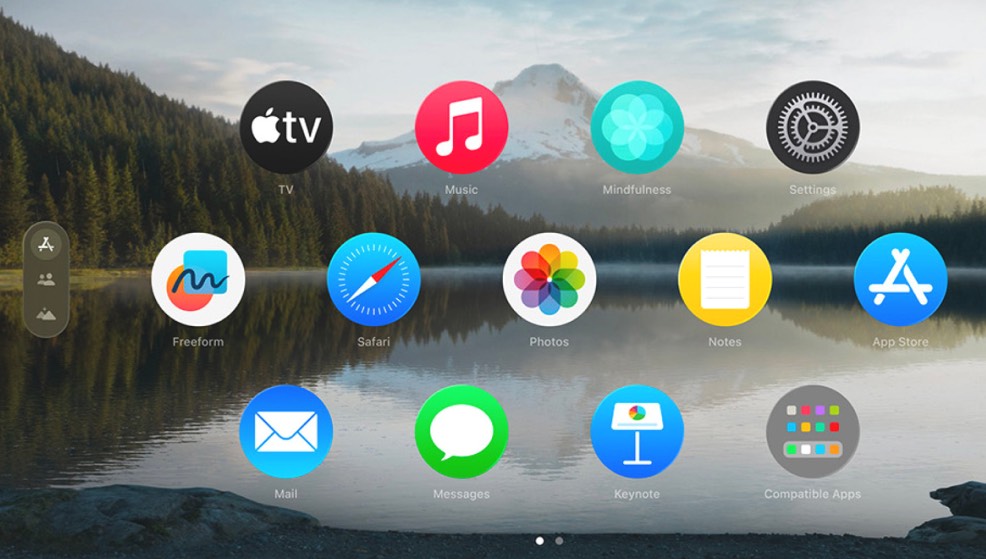Apple News & Rumors – Late May 2025
WWDC 2025 incoming
Apple’s week‑long Worldwide Developers Conference at Apple HQ in Cupertino is set to start on June 9, with a keynote scheduled for 10 a.m. Pacific Time. The company’s official announcements promise “ground‑breaking updates” to every Apple platform, and developer sessions later that week will dive into more than 100 new technical sessions and features.
Regarding everyone’s “favorite” – new hardware announcements, while Apple occasionally unveils new devices at WWDC, at WWDC 2025 there might be a “One more thing” new hardware update but the chances are very low based on a lack of credible leaks or rumors.
In the lead-up, Apple has stoked excitement by previewing new accessibility features anticipated with iOS 19 and other OS updates. The company has also done so by incorporating translucent, layered graphics in its WWDC artwork—which many interpret as a likely teaser for a broader design overhaul, possibly to be detailed at the conference.
Renaming—and rescheduling—the iPhone
The spring launch of the entry‑level iPhone 16e in February 2025 signaled Apple’s move to fold its budget line into the main numbering scheme. This replaced the SE branding for that tier.
Looking to next year, reports suggest the introduction of an ultra‑thin iPhone 17 Air. This model is expected to replace the Plus tier and borrow the successful “Air” branding from Mac and iPad.
Further ahead, multiple reports indicate Apple is considering a split‑calendar strategy for its iPhone releases. This could mean Pro models would maintain their traditional September launch.
Meanwhile, the non‑Pro and “e” (or equivalent) versions might shift to a spring release. This change could potentially start with the iPhone 18 family, with Pro models in September 2026 and non-Pro/e versions in March 2027.
Such a move is speculated to spread manufacturing pressure and keep marketing buzz alive year‑round. It could also free up autumn production capacity for other significant products, like the long‑rumored foldable iPhone.
Update: Speaking of renaming products, The Verge via Mark Gurman/Bloomberg is reporting that Apple is planning on unifying the naming conventions for their Operating Systems. For macOS, instead of using California locales (e.g. Sequoia) codenames for Mac, it would switch starting with macOS 26. We would also make the jump from the upcoming iOS 19 to iOS 26 and then also iPadOS 26, tvOS 26, visionOS 26, watchOS 26.
Solarium: a glass‑first design language
Internally codenamed “Solarium,” Apple’s anticipated next UI revamp is one of the major software announcements expected at WWDC 2025. It is expected to debut across the upcoming OS updates like iOS 19…. errr iOS 26(?).
Early leaks and reports describe design elements such as frosted‑glass panels, increased translucency, and floating controls, all heavily inspired by visionOS. Some sources also mention redesigned or floating tab bars.
The reported goal of Solarium is to achieve greater aesthetic consistency. This means ensuring that menus, icons, and translucency effects feel harmonious across all devices, from Vision Pro to iPad.
If unveiled as rumored, this would make it Apple’s most comprehensive visual refresh since iOS 7. It aims for more than just a new coat of paint but rather a unified cross‑device experience, according to pundit views and reported goals, likely to be a central theme of the WWDC software reveals.
iOS 19/26 prototype screen above credit: Shane
A new home for Apple gamers
Another significant announcement potentially slated for WWDC 2025 concerns Apple’s gaming strategy. Reports suggest Game Center’s role may significantly change, with Bloomberg and other outlets indicating Apple is poised to unveil a dedicated “Apple Games” app at the conference.
This app is rumored to bundle friends lists, achievements, leaderboards, and a universal launcher for games across Apple devices. Notably, the Mac version is expected to support launching titles installed from outside the Mac App Store, such as those from Steam or Epic Games.
This strategy, as analyzed by pundits, appears to mirror aspects of Xbox’s companion app. It also aims to give Apple Arcade a more prominent showcase within this new, centralized gaming hub.
To bolster its content, Apple acquired RAC7, the studio behind the Apple Arcade hit *Sneaky Sasquatch*. While RAC7 is expected to continue operating with a degree of independence, the team has joined Apple to continue developing *Sneaky Sasquatch* and is positioned to prototype new Arcade exclusives.
With a potentially storefront‑agnostic launcher on Mac and investment in first-party/exclusive content, Apple seems to be elevating its gaming strategy beyond just another App Store category, a shift that could be detailed at WWDC.
Satellite ambitions move beyond emergencies
Emergency SOS via satellite, which launched on the iPhone 14, appears to be evolving from a life-saving backstop into a more comprehensive connectivity strategy. This evolution is based on Apple’s actions and investments.
A significant $1.5 billion financing deal with Globalstar, which includes $1.1 billion for infrastructure and $400 million for a 20 percent equity stake, grants Apple access to 85 percent of Globalstar’s future constellation capacity. This ensures bandwidth for new off‑grid services.
In parallel, T‑Mobile’s collaboration with SpaceX for a “direct‑to‑cell” service is in public beta. This allows compatible iPhones (iPhone 13 and newer) to send and receive text messages via Starlink satellites without special hardware.
Voice and limited data capabilities are part of the future roadmap for this T-Mobile/SpaceX service, which is slated for an official launch in July 2025. Analyst expectations and current rollouts suggest further expansion of Apple’s own satellite features.
Two‑way iMessage via satellite on iPhone is being implemented. Additionally, satellite texting capabilities are rumored for the Apple Watch Ultra, possibly arriving in 2025.
CCS Insight forecasts that devices using dedicated satellite partners like Apple with Globalstar could support richer services such as voice and data by 2027. This progression could potentially make satellite coverage feel like just another network toggle in the future.
MacBook Pro flirts with the M3 Ultra / What Ifs
Code discovered in an internal iOS 18 build reportedly references unreleased MacBook Pro models codenamed “J514d” and “J516d.” These are believed to be variants of the 14‑inch and 16‑inch laptops tested with the desktop‑class M3 Ultra chip, with the ‘d’ suffix typically denoting Ultra configurations.
The M3 Ultra chip features specifications such as up to a 32‑core CPU, an 80‑core GPU, and support for up to 512 GB of unified memory. These are specs currently found in the Mac Studio and Mac Pro.
According to reports and analyst speculation, these prototypes likely never reached production. This was probably due to challenges with thermal limits and battery drain in a laptop form factor.
Their existence, however, suggests Apple explored the concept of “desktop power in a backpack” before the current M4 Max notebooks were finalized. This serves as a reminder that Apple’s silicon roadmap includes exploration of experimental extremes, even if practical considerations like heat and battery performance keep such powerful configurations in the lab for the time being.
If such a MacBook Pro (MBP) M3 Ultra existed, what would it look like if you were updating to it from either a MBP M1 Base or M1 Max ?
M1 Base and Max vs M3 Ultra - Overall Performance
The M3 Ultra would be around ~294% (or ~4x) faster in overall performance than the M1 Base. The M1 Max would put up a fight but the M3 Ultra would still be ~98% (or ~2x) faster than the M1 Max.
And what about the M4 Max?
M1 Base and Max vs M4 Max - Overall Performance
The graph above might explain why the MacBook Pro M3 Ultra never saw the light of day is that the M4 Max is ~87% faster (~1.8x) than the M1 Max (and almost as fast as the M3 Ultra’s ~2x) but the M4 Max probably has much better battery life and thermal management than an Ultra chip could realistically achieve at this point in time.
Historically Apple has released “desktop-like” power workstation 17” laptops at least twice in the past so maybe we’ll yet see an Ultra powered MacBook Pro in the future.
Sources
- Apple Newsroom – Apple’s Worldwide Developers Conference kicks off June 9, 2025
- MacRumors – WWDC is Just Two Weeks Away: Biggest iOS 19 Rumors
- The Verge – Apple is buying 20 percent of its iPhone satellite partner Globalstar
- The Verge – T‑Mobile’s Starlink messaging service is now free to try
- MacRumors – iPhone 17 Air Rumored Details
- TechRadar – iPhone release schedule could see a big shake‑up
- TechRadar – ‘Solarium’ overhaul coming to iOS, macOS, watchOS, tvOS
- MacRumors – Apple Codename Provides Clue About iOS 19 Design
- The Verge – Apple ready to replace Game Center, acquires RAC7
- MacRumors – iOS 18 Leak Reveals M3 Ultra MacBook Pro Testing
- AppleRadar – Apple Tested MacBook Pro With M3 Ultra Chip




